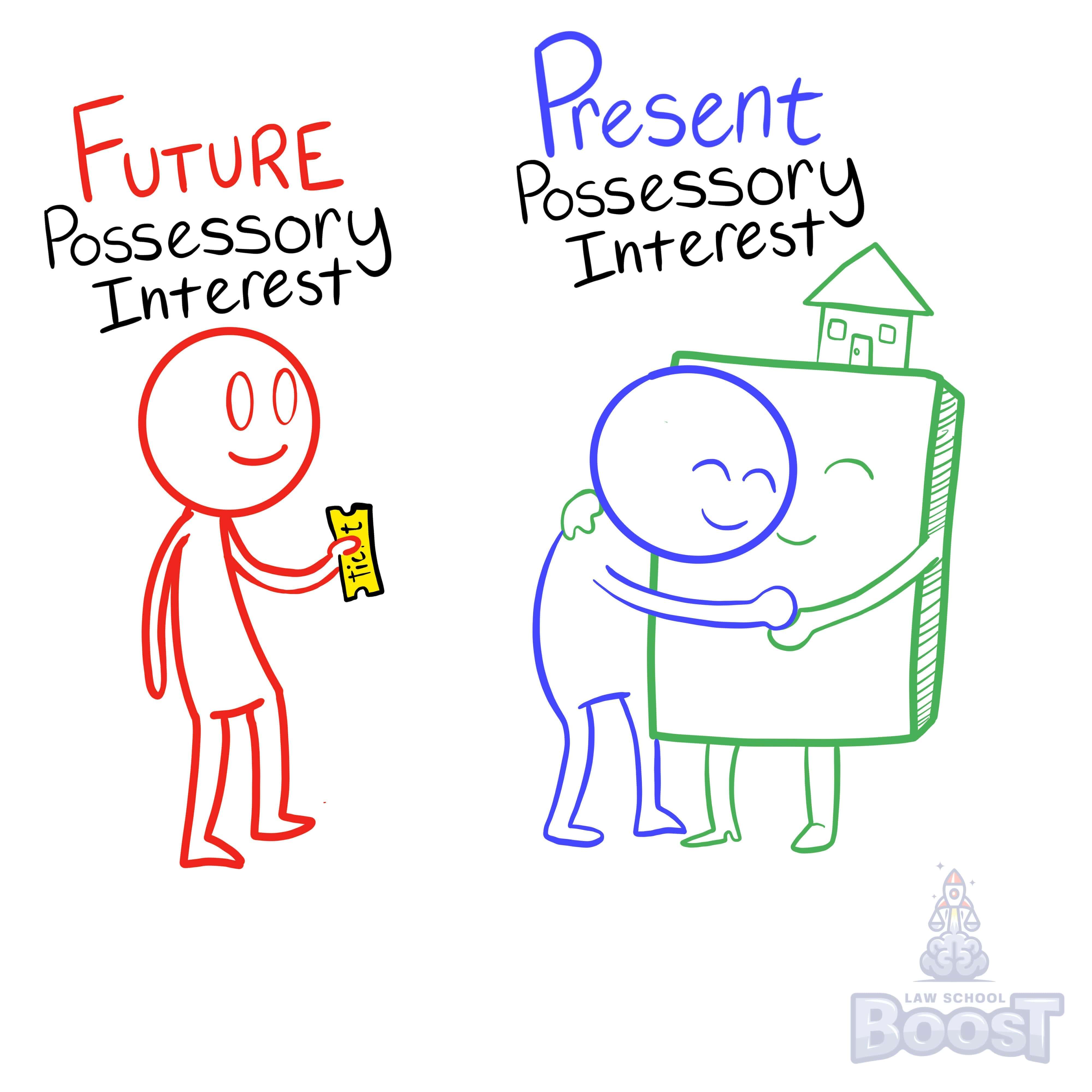😀
Real Property • Future Interests
PROP#025
Legal Definition
The Rule in Shelley's case states that, at common law, if the same instrument created a life estate in a person and gave the remainder to their heirs, the remainder was not recognized, and the life estate holder instead took both interests (i.e., a fee simple). Today, this has been abolished in most states.
Plain English Explanation
If ever you needed to be reminded just how old property law is, The Rule in Shelley's case is a great example. It comes from a case in 1581, but has been traced back as far as 1366. The Rule has largely been abolished in most states today, but you'll need to know it. So let's talk about it:
Put simply, The Rule in Shelley's case applies to situations where someone conveys a life estate to a person and then, in that same document or conveyance, also conveys the remainder to the same person's heirs. Under The Rule in Shelley's case, the conveyance to the heirs was thrown out and, instead, the person who received a life estate was simply given a fee simple.
Put simply, The Rule in Shelley's case applies to situations where someone conveys a life estate to a person and then, in that same document or conveyance, also conveys the remainder to the same person's heirs. Under The Rule in Shelley's case, the conveyance to the heirs was thrown out and, instead, the person who received a life estate was simply given a fee simple.
Hypothetical
Hypo 1: Oz conveyed Blackacre "to Amy for life, then to her heirs." Result: Under modern rules, Amy has a life estate, and her heirs have a contingent remainder (contingent on them existing after Amy dies). Oz retains a reversion. However, under The Rule in Shelley's case, Amy would be given a fee simple.
Visual Aids


Related Concepts
At common law, how was a contingent remainder destroyed?
In assessing a contingent remainder what is the doctrine of merger?
What are future interests?
What is a class gift?
What is a contingent remainder?
What is an executory interest?
What is an indefeasibly vested remainder?
What is a remainder?
What is a shifting executory interest?
What is a springing executory interest?
What is a vested remainder subject to open?
What is a vested remainder subject to total divestment?
What is the Doctrine of Worthier Title?
What is the Rule of Convenience?


